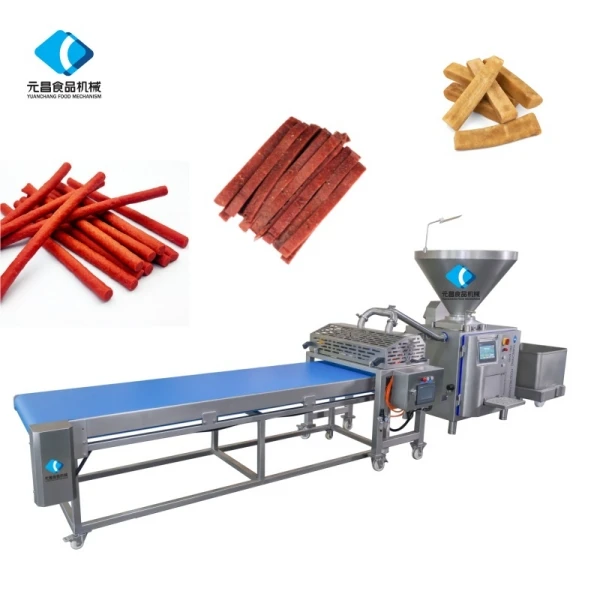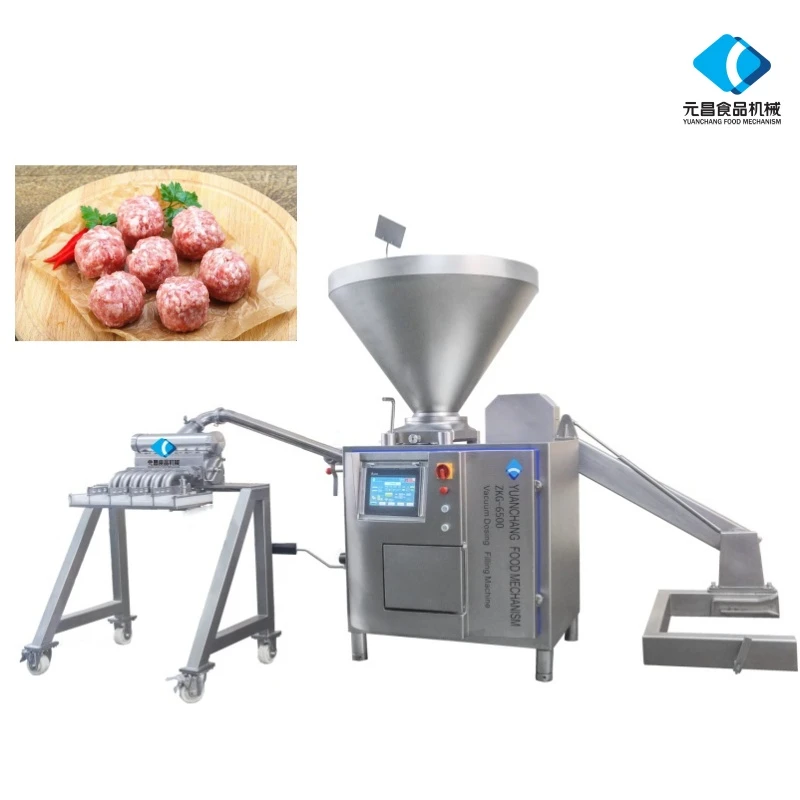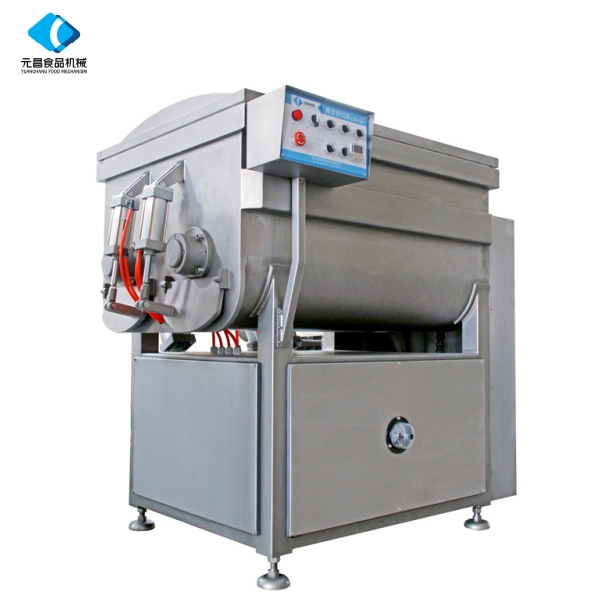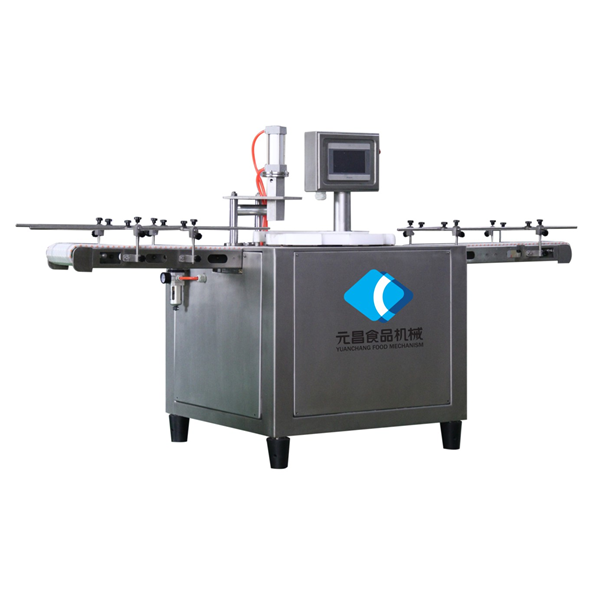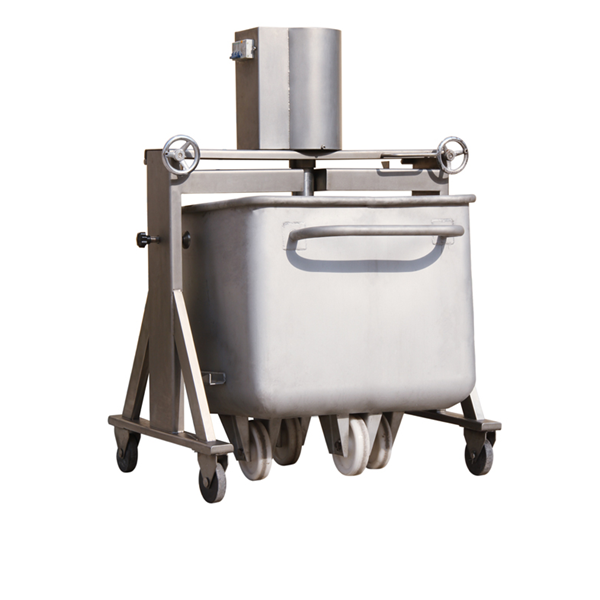Meat Processing Bins: Durable Solutions for Safe & Efficient Meat Handling Worldwide
Understanding Meat Processing Bins: Why They Matter Globally
At first glance, meat processing bins might sound like just another piece of equipment — bulky containers sitting in factories or slaughterhouses. But their role extends far beyond simply holding products. These bins are vital components in the global meat supply chain, subtly ensuring hygiene, efficiency, and sustainability across a highly sensitive industry. As demand for meat grows worldwide — driven by population increases, rising incomes, and changing diets — understanding these bins’ design and use offers insight into food safety, industrial efficiency, and even humanitarian relief efforts.
With proper equipment in place, the risks of contamination, waste, and logistical errors drop dramatically — which matters when millions of lives depend on reliable protein sources daily.
Global Context: The Broader Picture Behind Meat Processing Bins
The United Nations projects that global meat consumption will continue to rise steadily, likely increasing by nearly 50% by 2050. This surge naturally puts pressure on slaughterhouses, processing plants, and distribution systems to operate smarter. Meat processing bins emerge as silent champions here — they keep the production line tidy, compliant with ISO hygienic standards, and reduce inefficiencies.
However, challenges abound. According to recent World Bank reports, food loss during processing reaches up to 20% in some developing markets — in part due to inadequate storage and transport methods. Enter the need for robust, scalable meat processing bins capable of mitigating spoilage and contamination. For example, in post-disaster relief scenarios where meat supply chains are fragile, bins designed for quick sanitation and easy transport can literally save lives.
Takeaway:
- Meat processing bins impact safety, efficiency, and sustainability worldwide.
- Growing global demand highlights the need for improved storage solutions.
- They play critical roles beyond industrial use, aiding humanitarian missions.
What Are Meat Processing Bins?
Simply put, meat processing bins are specially constructed containers used within the meat and poultry industries to store, transport, and sometimes partially process meat products safely and hygienically. Unlike regular containers, these bins are designed to handle raw meat's specific needs — think non-corrosive materials, easy cleanability, and temperature resistance. They effectively bridge the gap between slaughtering, cutting, curing, and packaging operations.
Technically, these bins are part of wider food processing equipment categories but are specialized enough to warrant standalone focus due to their direct impact on food safety — a serious concern reflected by regulations such as the FDA’s Food Safety Modernization Act (FSMA) and EU’s Hygiene Package.
Mini takeaway:
Meat processing bins are not just storage—they’re specialized tools engineered for hygiene and operational efficiency in a critical industry.
Key Features of Modern Meat Processing Bins
1. Durability
Many bins are manufactured from stainless steel or food-grade plastic polymers. Stainless steel is favored for its ruggedness and anti-corrosive properties, enabling bins to withstand rigorous washing cycles without degrading. This is crucial where constant sanitation is mandatory.
2. Scalability and Size Variations
Bins come in a range of sizes—from small totes for artisan butchers to large-capacity containers used in industrial plants. This scalability lets meat processors optimize workflow and accommodate varying product volumes without sacrificing safety.
3. Ease of Cleaning
Integrated designs minimize corners and ledges where bacteria might hide. Smooth interiors and removable parts speed up thorough sanitization, in line with ISO 22000 food safety protocols.
4. Mobility
Equipped with wheels or forklift slots, bins ensure smooth internal transport, reducing manual labor risks and speeding up production lines. Some even come with stackable designs for convenient storage.
5. Cost Efficiency
While upfront costs vary, durable bins reduce replacement frequency and product downgrade risk over time. Factoring in fewer contamination incidents, the ROI can be significant.
6. Environmental Considerations
Newer bins incorporate recyclable materials and use less energy-intensive manufacturing processes, aligning with sustainability trends in the meat industry.
Summary:
- Durability and hygiene are nonstop priorities.
- Size and mobility tailor to specific production needs.
- Eco-friendly designs increasingly influence material choices.
Real-World Applications Across Continents
Take the bustling meatpacking plants of North America, for instance — their high throughput necessitates sturdy bins that can cycle repeatedly through automated washers without fail. Meanwhile, small-scale farms in Africa might use lightweight, plastic meat bins for ease of transport to local markets. In Northern Europe, where regulatory standards are strict, bins are often part of integrated conveyor and sorting systems, enabling rapid chilling and processing.
In humanitarian contexts, organizations delivering fresh meat in remote areas rely on insulated meat processing bins to maintain cold chains amid unpredictable environments. For example, meat processing bins supplied for emergency food relief in Southeast Asia have been credited with reducing spoilage rates by up to 30%, according to field reports.
Mini summary:
- From industrial hubs to humanitarian zones, meat processing bins adapt to diverse needs.
- Regions with infrastructure challenges benefit greatly from durable, mobile bins.
Advantages and Long-Term Value of Using Quality Meat Processing Bins
Practically speaking, investing in quality meat processing bins means fewer batch failures caused by contamination and spoilage — which can quickly rack up costs. Environmentally, minimizing waste aligns with corporate responsibility goals increasingly prioritized by stakeholders worldwide. On a social level, properly handling veterinary-sensitive products maintains consumer trust and helps uphold human dignity — particularly where proteins constitute dietary essentials. There's also the emotional relief of knowing your equipment supports workers’ safety through ergonomic design.
Product Specification Table
| Specification | Typical Value | Notes |
|---|---|---|
| Material | Food-grade stainless steel (304, 316) or HDPE plastic | Corrosion-resistant, easy clean |
| Capacity | 50 to 500 liters (varies by model) | Scalable to operation size |
| Weight (empty) | 10–30 kg (plastic) / 30–70 kg (steel) | Lighter plastic options available |
| Mobility | Castors, forklift base options | Ergonomic transport features |
| Temperature range | -20°C to 80°C | Suits chilling and warm handling |
Comparing Leading Meat Processing Bin Vendors
| Vendor | Material Options | Customization | Notable Features | Price Range |
|---|---|---|---|---|
| MeatTech Solutions | Stainless Steel 316, HDPE | High - custom sizes & features | Foldable, easy sanitize design | $$$ |
| AgriBin Corp | Food-grade Plastic, Aluminum | Medium - standard models+ | Lightweight, stackable | $$ |
| Global MeatEquip | Stainless Steel 304 only | Low - fixed models | High-durability, industrial grade | $$$ |
Looking Ahead: Innovations and Trends in Meat Processing Bins
The industry is gradually embracing “smart” meat processing bins equipped with IoT sensors — tracking temperature, location, and handling in real-time. This helps reduce waste proactively. Meanwhile, advances in bio-based plastics could lead to fully compostable containers, easing environmental impacts further. Automated cleaning stations compatible with specific bin models are also becoming common, lessening manual labor and ensuring consistent sanitation outcomes. Some companies experiment with antimicrobial coatings to inhibit bacterial growth — though regulatory clearance is a hurdle here.
Challenges in Current Practice and Possible Solutions
Despite advances, issues remain. Cost barriers inhibit adoption in developing countries, where needs might be greatest. Also, bins misused for non-designated materials can contaminate production lines. Experts recommend stricter training and certification programs to ensure proper bin use and cleaning. Modular bin designs that accommodate various meat types could increase utility and reduce user errors. Finally, standardized global labeling on bins would simplify multinational operations and logistics.
FAQ: Your Common Questions About Meat Processing Bins
- Q: How often should meat processing bins be sanitized?
- A: Ideally, bins should be sanitized after every use or batch cycle to prevent cross-contamination. In industrial setups, this means daily cleaning using approved detergents and hot water following ISO 22000 standards.
- Q: Are plastic meat processing bins as durable as stainless steel ones?
- A: Plastic bins (usually HDPE) are lighter and easier to handle but may wear faster under heavy use and high temperatures compared to stainless steel. Many processors choose plastic for small-scale operations or where mobility matters more.
- Q: Can meat processing bins be customized by size or features?
- A: Yes, many suppliers offer customization from dimensions to added mobility features like casters or special lids. Custom features can enhance workflow but typically come at a higher price.
- Q: What's the typical lifespan of a meat processing bin?
- A: With proper use and maintenance, stainless steel bins can last 10+ years, while high-quality plastic bins might last 5–7 years. Frequent cleaning and avoiding harsh chemicals prolong lifespan.
- Q: Are these bins suitable for frozen meats?
- A: Absolutely, but it's important to use bins rated for sub-zero temperatures to avoid cracking or structural failure. Many modern bins cover ranges down to -20°C or lower.
Final Thoughts: The Quiet Backbone of Meat Industries
When you think about it, meat processing bins may not grab headlines, but they quietly uphold standards, save costs, and improve sustainability across continents. Investing in the right bins means fewer headaches from contamination, less food waste, and stronger chains linking farms to tables worldwide. If you’re in the industry or fascinated by the logistics behind your daily steak, these bins deserve your nod.
Why not explore some quality options today? A small step in equipment can mean a big one for efficiency and safety.
References
-
Discover the Benefits of Vacuum Marinating Machines for Efficient Food ProcessingNewsNov.24,2025
-
The Ultimate Guide to Commercial Chicken Scalders: Efficiency, Sustainability & InnovationNewsNov.23,2025
-
Chicken Harvesting Equipment: Efficient & Humane Solutions for Poultry ProducersNewsNov.22,2025
-
Comprehensive Guide to Meat Processing Plant Equipment | Efficiency, Safety & SustainabilityNewsNov.21,2025
-
Best Commercial Marinating Machines for Meat Processing | Efficient & ScalableNewsNov.20,2025





